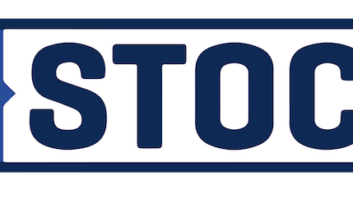San Jose – The HomePlug Powerline Alliance won the backing of major consumer electronics suppliers LG and TCL, which joined the association board and will implement the power line-based network technology.
“The HomePlug board of directors is also an implementers’ forum,” said Andreas Melder, senior VP of alliance contributor member Intellon. “That means, rather than these companies simply lending their names for PR purposes, these constituent board members are also becoming implementers of the technology.”
LG and TCL join Samsung on the board which now includes the top three worldwide TV makers, the association said.
Said David Zhang, TCL research VP, “By joining the HomePlug board of directors, we can ensure that our products will be fully functional with next-generation home networking.”
“By joining the HomePlug board of directors, we are underscoring our commitment to provide consumers with premium products that blend design, technology and functionality,” said Paul Yonghwan Kim, chief research engineer of LG’s home network division.
In another HomePlug development, Intellon and Texas Instruments said they will join forces to add Intellon’s HomePlug chips to TI’s residential gateway platforms. The resulting HomePlug-equipped gateway platforms will be available to service operators such as telephone companies in the first quarter to enable distribution of Internet Protocol Television, phone service, and Internet access through a home’s electrical wiring.
The HomePlug AV standard, developed from the ground up by the HomePlug Powerline Alliance to handle audio and video, delivers 200Mbps data rates at the physical layer and an average throughput of 70-100Mbps over power line and 120Mbps over coaxial cable, said Melder.
HomePlug AV is better suited for video than HomePlug 1.0, Melder said, not only because of its greater bandwidth but because of “heavy forward error correction,” prioritized bandwidth guarantees for A/V streams, the use of time division multiplex access (TDMA) technology for A/V streaming, and adaptive band-hopping technology that, within microseconds, senses noise from refrigerator compressors or hair dryers and shifts the A/V stream to a different frequency band.
Telephone companies are looking to HomePlug AV to distribute Internet Protocol TV throughout the house, Melder noted. Telcos are fearful of using Wi-Fi in the home, he said, because pure wireless doesn’t reach all portions of a home, performance often drops “for unknown reasons,” and it’s vulnerable to interference from other wireless products in the unlicensed spectrum. For computer users, Wi-Fi is also problematic because software that needs to be loaded onto PCs “is not easy to install, especially if you have multiple PCs,” he said. HomePlug, in contrast, requires no software installation.













